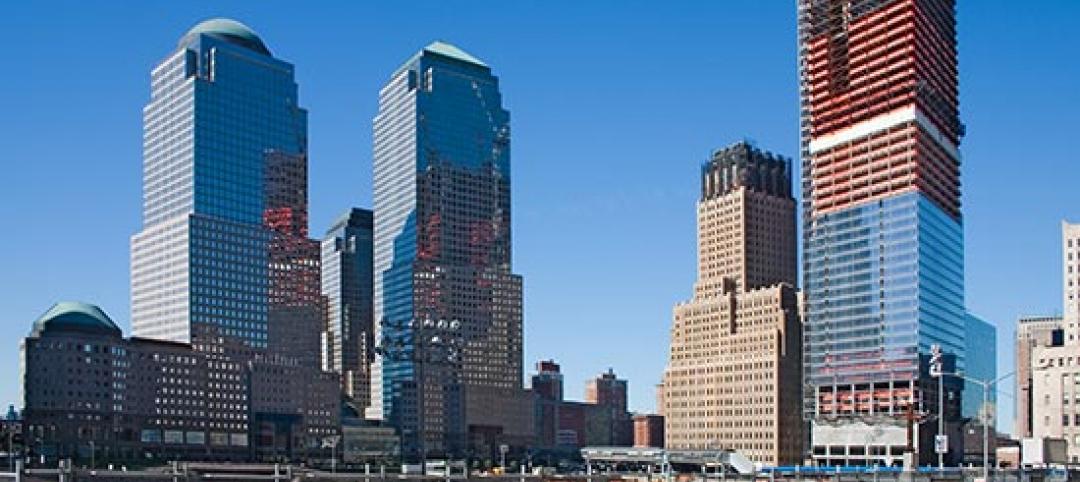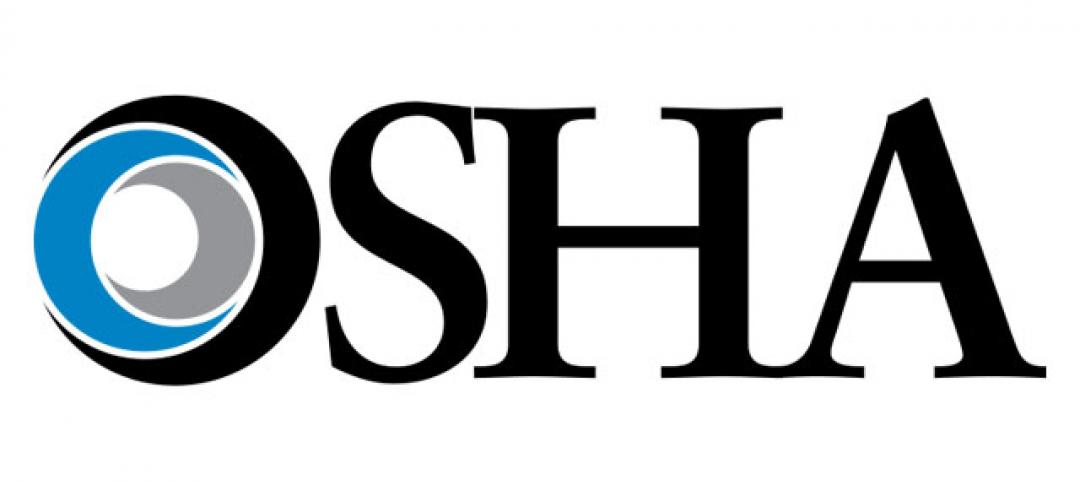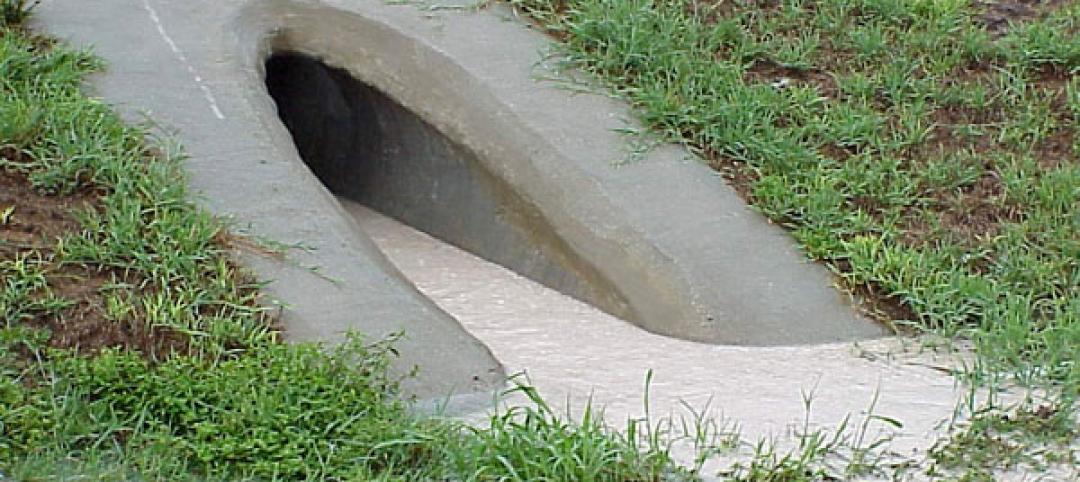Simulations of mass evacuations of buildings are inadequate, according to two European researchers, and resulting designs put occupants at risk.
Modern safety engineering aims to make it so occupants can exit a structure during a fire or other disaster before it collapses. But variables complicate egress simulations that influence codes and designs. “It depends on the building and the escape routes, but crucially also on how people behave,” the researchers write.
“The problem is that the simulations aren't good enough – that's what we have learned from detailed behavioral studies based on recent fires and terrorist attacks including 9/11 and the Mont Blanc tunnel fire of 1999 in which 41 people died,” they say.
Evacuees decide whether and when to start moving, in which direction, whether to respond to other evacuees, and which exit to use. “Each choice also depends on how various factors interact with one another. Is the decision maker bold or risk-averse? Is there smoke in the room? How far away are the exits? And of most interest for our research purposes, what are the other evacuees doing?”
“Herding” behavior, when large groups follow the crowd, is typically discouraged in designs; but safer alternatives may derive from understanding and possibly exploiting this tendency.
Related Stories
| Dec 1, 2011
Safety tracking tool helping prevent injuries at World Trade Center site
Since putting in place their Safety Management Systems Tracking Tool three years ago, risk managers for the World Trade Center project in New York say they've seen workplace injuries, reported hazards, and workers compensation claims decline.
| Dec 1, 2011
OSHA releases new construction safety videos
OSHA released new safety videos to offer both employers and workers brief, easy-to-understand education about construction safety.
| Dec 1, 2011
GSA Region 5 BIM standards could set national agenda in government contracting
Learning how the GSA wants to work with contractors using Building Information Models (BIM) will dramatically improve your odds of winning federal work.
| Nov 23, 2011
Fenestration council seeks committee members
The National Fenestration Rating Council (NFRC) is seeking members for a committee to pursue recognition of its ratings procedures from the American National Standard Institute (ANSI).
| Nov 23, 2011
Obama signs repeal of 3% withholding on government contracts
President Obama signed a bill that repeals a law requiring governments to withhold 3% of payments over $10,000 to contractors.
| Nov 23, 2011
USGBC launches app lab for LEED certification process
The U.S. Green Building Council has released the App Lab, a searchable catalog of third-party apps that are integrated with LEED data.
| Nov 23, 2011
Document gives advice on stormwater runoff management
The report, “Rooftops to Rivers II,” provides tips on how cities can use smart infrastructure and green building design to minimize pollution from stormwater runoff and other wastewaters.
| Nov 23, 2011
Zoning changes proposed to make New York City buildings greener
New York City will introduce new zoning proposals next month that would make it easier for building owners to add features that will make their properties more sustainable.
| Nov 18, 2011
AGC offers webinar on Davis-Bacon compliance
Webinar to be held in two sessions, Dec. 7 and 8 from 2:00-3:30 p.m. EST.
| Nov 18, 2011
New green construction code may help push LEED standards higher
The International Green Construction Code (IgCC) is expected to set a floor for building standards and may create the opportunity for LEED certifications to push toward higher ceilings.

















